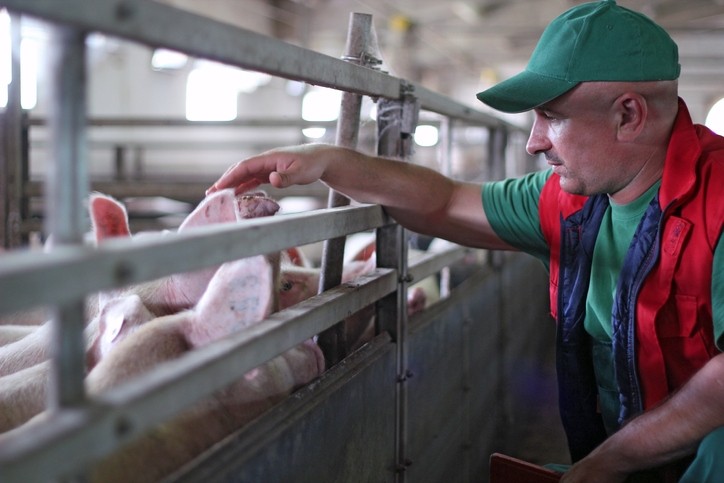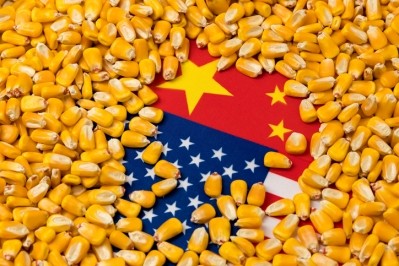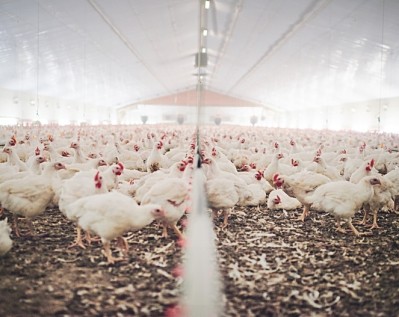Disease, feed prices and weaker demand undermine global pork production

The price of feedstuffs is becoming a major challenge in many regions, tempering production growth, said the analysts.
According to the bank’s latest pork industry quarterly, as China rebuilds its pig herd and switches to more commercial feed use, the country is placing a lot of strain on the global oilseed and grain balance sheet, with a particular stress on corn supplies. “China’s corn imports rose 438% year-on year, to 6.7m metric tons year to date, or roughly 20% of total global corn trade. As global inventories were depleted in the past year, corn prices have move sharply higher +71% year on year.”
The Chinese government is embarking on feed formulation efforts to address some of those challenges. Chinese officials recently published guidelines limiting corn and soybean meal inclusion in hog diets, while at the same time incentivizing more local production. In the interim, added the Rabobank team, many producers are shifting to alternative feeds, but supplies of wheat and other options are also limited.
The animal protein industry specialists also noted that oilseeds stocks in some regions of the world are nearing critical levels. “Average soybean prices are up 72% since year-end, though high oil prices have helped moderate soybean meal costs. Producers will seek out less expensive protein meal alternatives, but with global inventories depleted and demand rising there few options.”
For many, the full impact of feed cost inflation is only now being recognized, said the market watchers. “The impact is worse in countries that rely on imported feed and have the added expense of rising freight costs, like China, Mexico and Japan. While manageable in many systems, higher feed costs will force producers to focus on feed conversions and could drive slightly lighter marketing weights in some markets. For higher-cost operators, we expect herd liquidation and slower production growth.”
ASF outbreaks in China
The analysts reported that swine herd losses due to new outbreaks of African Swine Fever (ASF) and health challenges are slowing the sector’s recovery in China.
The sow herd is flat compared to 2020 though is set to expand as restocking efforts continue, said Rabobank.
Even with a projected production increase, China remains in a pork deficit and will continue to take in a large volume of imports, reads the publication.
Furthermore, demand is weak in that market, with the analysts citing the COVID-19 pandemic and the relatively high pork prices at retail as the rationale behind that trend.
High pig prices in EU market
In Europe, the analysts noted that hog prices have rebounded 22% since the start of 2021, due to tight supplies and a gradual improvement in demand.
“Higher prices will help offset rising feed costs,” they noted.
Production, reported the team, is growing in Spain, Denmark and the Netherlands, while slight declines are seen in Germany and Italy. “Exports remain strong, despite ASF-related trade bans on German pork.”
Impact of harvest delays in Brazil
Notably in Brazil, pig producers are struggling to offset a 99% jump in feed costs following planting delays and a disappointing first harvest.
“Weak domestic pork demand due to pandemic lockdowns and the end of economic stimulus, more than offsets the benefit of record exports, weighing on hog and pork prices.”
Disease worries in the US
US hog prices are at their highest levels since 2014, finds the report. The lagged effect of herd liquidation during last year’s market disruption and higher disease losses over the winter months will drive lower than expected slaughter through the first half of 2021. That trend will remain supportive of prices. “Rabobank expects most producers to remain profitable for much of the year as higher hog prices are able to fully offset higher feed and labor costs.”
US producers remain cautious though, said the analysts. “Ongoing herd health issues [due to the more virulent 1-4-4 PRRS strain] and high feed costs will limit herd growth over the balance of the year, despite a return to profitability.”













